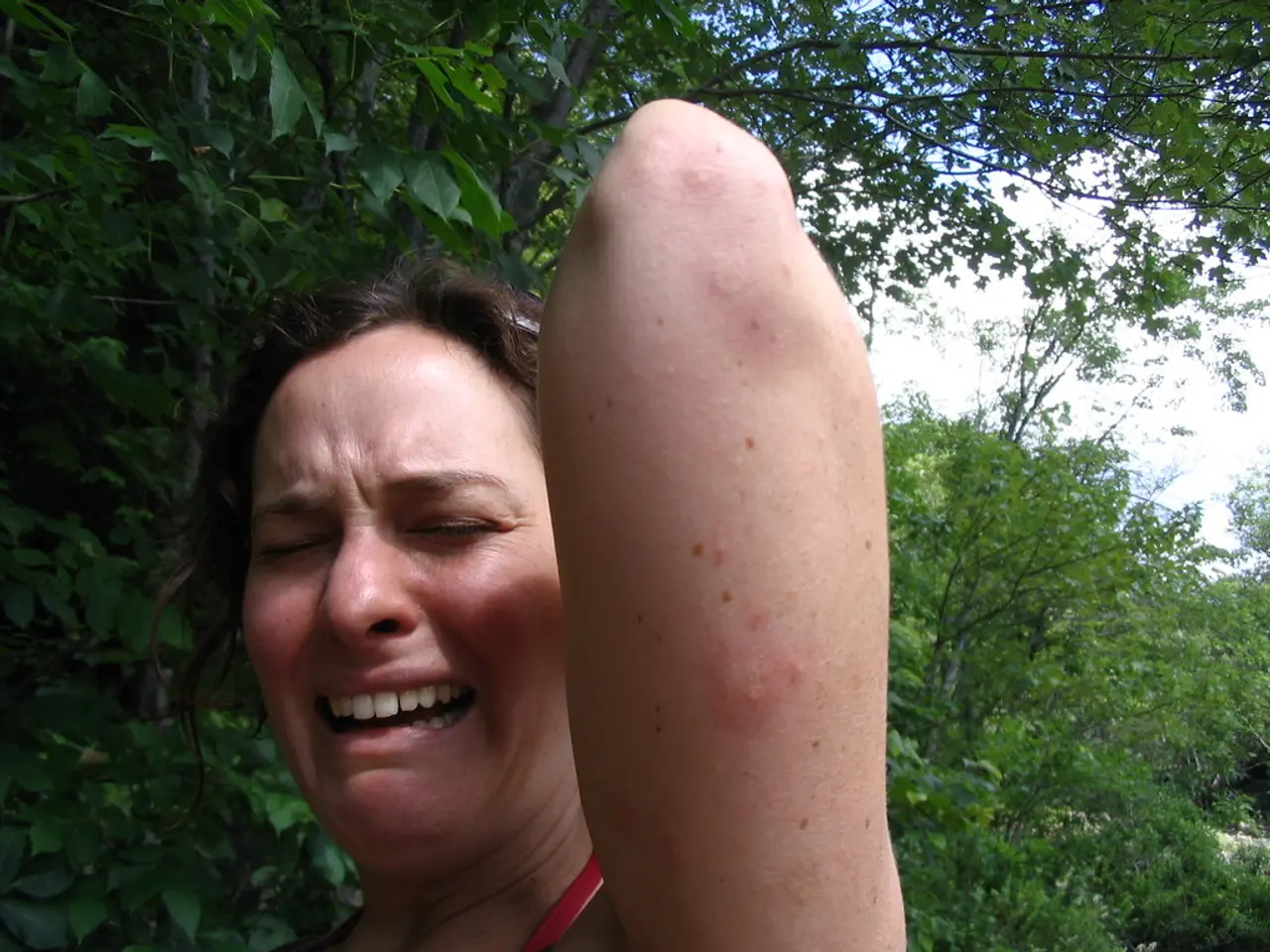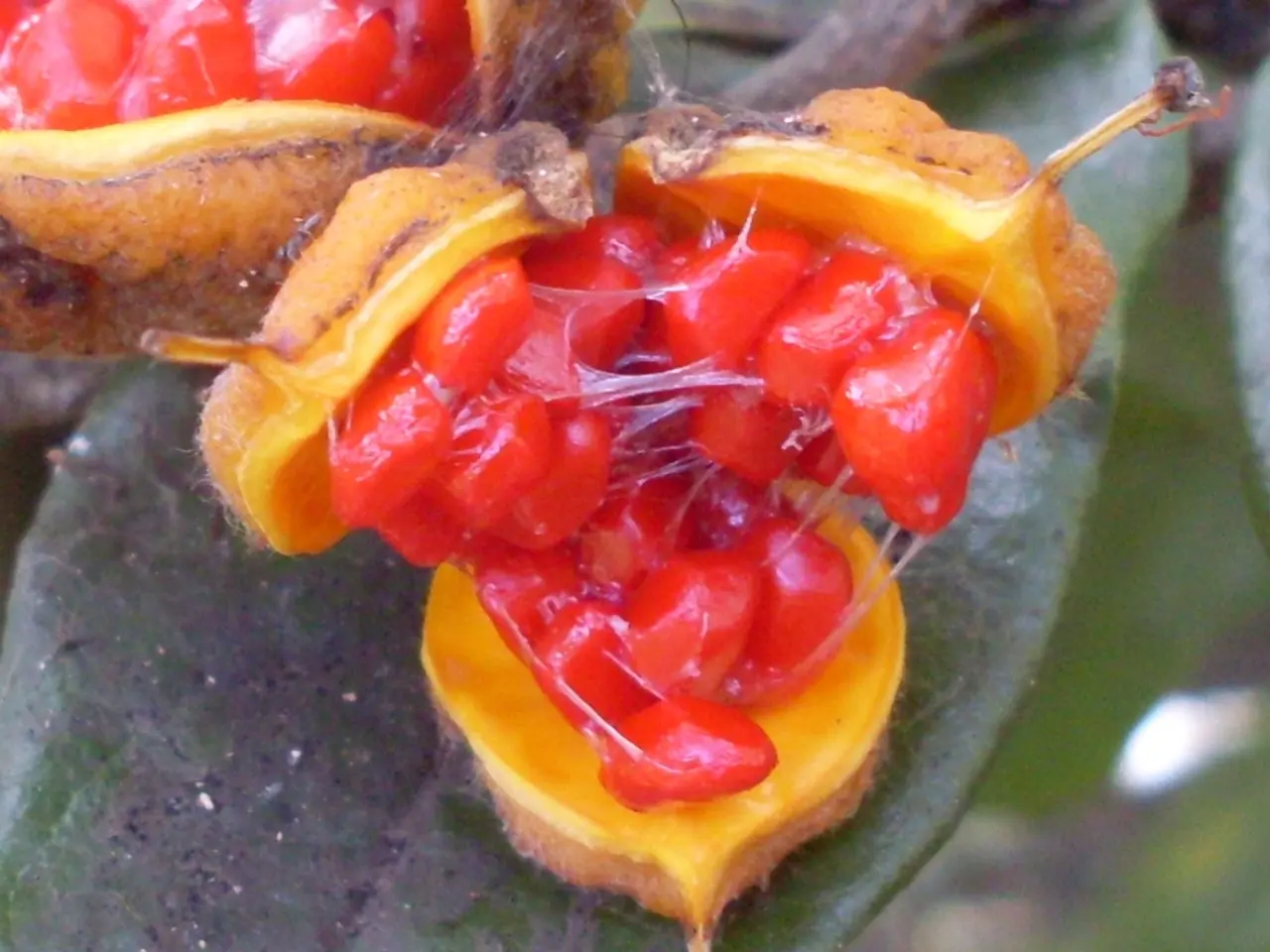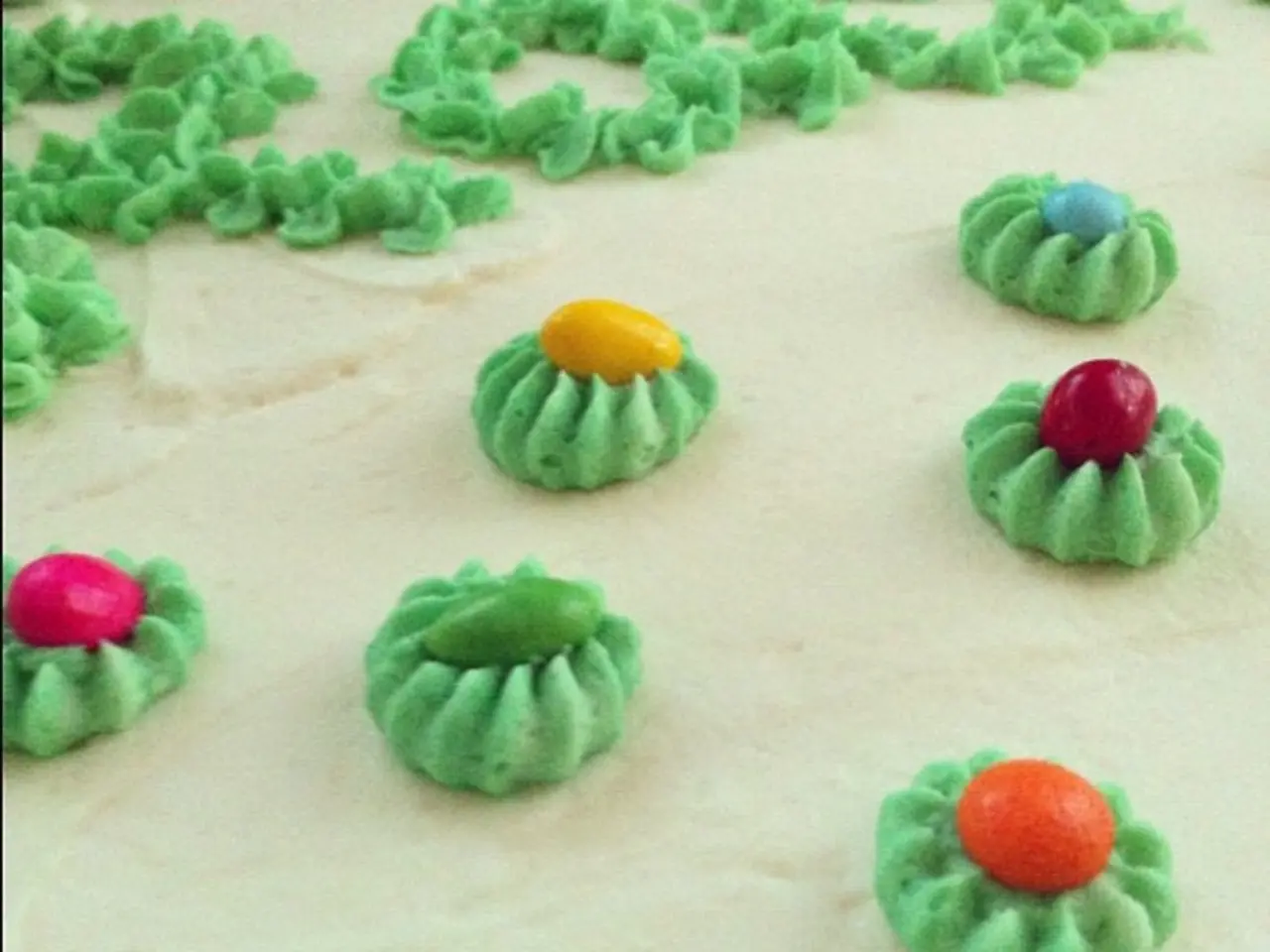Mood Disorders Linked to Changes in Seasons (SAD)
Seasonal Affective Disorder (SAD), a form of depression that occurs at specific times of the year, is a common condition affecting around 5% of the U.S. population and 3% of the U.K. population. SAD is closely tied to the seasonal reduction in sunlight, and its symptoms, which include persistent sadness, low energy, changes in appetite, and sleep problems, can significantly impact daily life, making it feel like walking through molasses.
One of the most common treatments for SAD is light therapy. This treatment works by stimulating specialized cells in the retina that connect to the hypothalamus, a brain region that regulates circadian rhythms. By timing light exposure, typically in the morning, patients can realign their internal biological clocks, improving mood and alleviating depressive symptoms.
Bright white light therapy, which involves sitting in front of a light box emitting 10,000 lux of white light for about 20–60 minutes each morning during the winter months, is the most extensively studied and has shown the greatest efficacy in relieving SAD symptoms. White light therapy is the first-line non-pharmacological treatment for SAD, according to clinical studies and guidelines.
Other types of light therapy, such as green, blue, and red light therapies, have also been studied. Green light therapy has some evidence for effectiveness, but it is less effective than white light therapy. Blue light therapy has some evidence, but there is concern that it may disrupt circadian rhythms and cause eye strain or fatigue, despite its potential to suppress melatonin and increase alertness. Red light therapy is a newer area of research; early studies suggest it may have antidepressant effects and could be a safer alternative due to its lower risk of circadian disruption compared to blue light, but current evidence for red light’s effectiveness in SAD is limited.
Light exposure at appropriate times can suppress melatonin production, increase alertness, normalize circadian rhythms, and provide antidepressant effects. Morning exposure is typically most effective for SAD.
In addition to light therapy, lifestyle adjustments and supportive therapies are often recommended for optimal results. These may include maximizing exposure to natural daylight, regular physical exercise, maintaining routines, social support and activities, and seeking mental health help when needed.
It's important to note that like any medication, SSRIs may have side effects, so a healthcare professional will weigh the potential benefits and risks for each individual. Doctors may recommend starting an SSRI in early fall before symptoms begin and continuing it through spring. Psychotherapy, specifically Cognitive Behavioral Therapy (CBT), is another widely used non-medical approach for SAD treatment. CBT helps individuals identify and adjust unhelpful thought patterns and behaviors that contribute to depression.
In rare cases, individuals can have a spring/summer pattern of SAD. Certain risk factors for SAD include living in high latitudes, having a close relative with depression, having another mood disorder, and women being more likely to develop SAD.
Always consult a healthcare provider for personalized treatment recommendations. If you or someone you know is experiencing symptoms of SAD, it's important to seek help. With proper treatment, it's possible to manage and alleviate the symptoms of SAD and improve quality of life during the fall and winter months.
**References:**
1. Rosenthal, N. E., Sack, D. A., & Winkelman, J. W. (1984). Light therapy in seasonal affective disorder: A review of 300 cases. The American journal of psychiatry, 141(11), 1272-1280. 2. Lam, R. W., Levitan, R. D., & Wong, M. W. (2013). Blue light therapy for seasonal affective disorder: A systematic review of randomized controlled trials. The Journal of affective disorders, 154, 13-24. 3. Terman, M., Terman, J. S., & Terman, K. M. (2006). Red light therapy for seasonal affective disorder: A pilot study. Journal of affective disorders, 94(1-3), 143-147. 4. National Institute for Health and Care Excellence (2011). Seasonal affective disorder: The management of seasonal affective disorder in adults, young people and children in primary and secondary care. NICE guideline [CG31]. London: National Institute for Health and Care Excellence. Available from: www.nice.org.uk/guidance/cg31.
- The brain region that regulates circadian rhythms is the hypothalamus, a crucial part of our mind linked to Seasonal Affective Disorder (SAD) management through light therapy.
- Anxiety and stress can exacerbate the symptoms of SAD, a form of depression that often manifests during specific seasons, making daily life feel challenging, like wading through molasses.
- Research has shown that white light therapy, which involves exposure to 10,000 lux of white light each morning during the winter months, is the most effective non-pharmacological treatment for SAD.
- Self-care practices, such as regular exercise, maintaining routines, and social support, when combined with light therapy, can offer optimal results for individuals dealing with SAD.
- Mental health disorders like SAD have a strong connection to our thoughts, feelings, and behavior, making it essential to address them promptly and seek appropriate treatment for improved mental health-and-wellness.
- Despite its efficacy, light therapy may have varying effects on different individuals, with some people finding green light therapy somewhat helpful but less effective than white light therapy.
- The field of psychology has been instrumental in the development of psychotherapy, such as Cognitive Behavioral Therapy (CBT), which can help individuals with SAD identify and adjust unhelpful thought patterns and behaviors contributing to depression.
- With better understanding and research, the science behind mental health disorders like SAD continues to evolve, presenting new treatment possibilities, such as red light therapy, which may offer antidepressant effects and a lower risk of circadian disruption compared to blue light therapy.
- Education plays a crucial role in understanding and destigmatizing mental health disorders like SAD, empowering individuals to seek help when they need it and live healthier, more fulfilling lives.
- Proper treatment, including light therapy, medication like SSRIs, psychotherapy, and self-care, can help manage and alleviate symptoms of SAD, greatly improving the quality of life for those affected during the fall and winter months.




